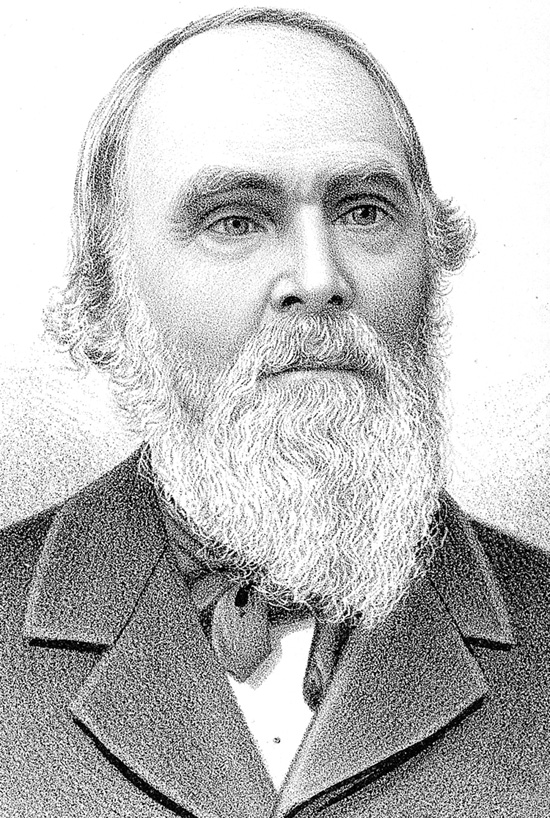Snyder
and Iowa City founder Chauncey Swan were fellow officers and founding members
of Iowa City Masonic Lodge, which first met in 1842, and where Iowa
Territorial Gov. Robert Lucas would move his membership from Burlington about
1844.
After
Swan oversaw work at Old Capitol for about a year, he surrendered the reins to
Snyder, who Swan had hired to build a roof for Old Cap. Lack of funds forced
Swan to suspend that project in late 1841.
After
Swan inherited the Old Cap project from architect-builder John Rague in July
1840, Rague’s plans for Old Cap disappeared. Snyder later reported “no
plan for the cupalo (sic) nor for anything else” came to him when he began
work.
Nearly
a decade would elapse before a copula and dome finally topped Old Cap, leading
to speculation of how they could reflect Rague’s plans if those plans had
disappeared so long before the topping occurred.
Noted
pioneer Roman Catholic priest, Samuel Mazzuchelli, founder of St. Mary’s
Church in Iowa City, often is suggested as having influenced the design. His
extensive experience and Italian architectural credentials hint at his role,
but only tradition provides any connection.
Snyder’s
first task at Old Cap was to find stone for its construction. Stone taken from
below what today is site of the university President’s House had proven
unsatisfactory.
He
soon opened State Quarry along the Iowa River about a mile downstream from
today’s Mehaffey bridge between North Liberty and Solon.
Arriving
in Iowa City ahead of Snyder, Sylvanus Johnson had migrated from Anamosa in
1839 in response to a call by Gov. Lucas for volunteers to fight a “State
Line War” with Missouri. The war never materialized, but Johnson had found a
new home.
According
to the 1902 Old Settlers of Johnson County yearbook, he arrived “penniless
and in debt for his dinner to find the war over.”
Johnson
was a brick maker, taught by his father in Connecticut. He soon set up shop
along Gilbert Street just south of Burlington. His first bricks went into boot
store building on Iowa Avenue just west of Dubuque. Demand was immediate for
chimneys at nearly every building. He built his first local brick home – for
himself – on the brickyard site.
Johnson
became a prominent pioneer and extensive land owner, which he began purchasing
as a source of wood for his brickyard. His 1857 home along Prairie du Chien
Road still exists.
Among
other important local projects, he supplied material for the Mechanics Academy
on Linn Street just north of Iowa Avenue, which housed numerous important
local events, including the founding of Mercy and University Hospitals, the
first university classes, and first Iowa City public school.
Indeed,
two pioneer builders of Iowa City.
Next
Saturday:
The giants of University Hospital.
Bob
Hibbs collects local postcards and other historic ephemera and researches
history related to them.
